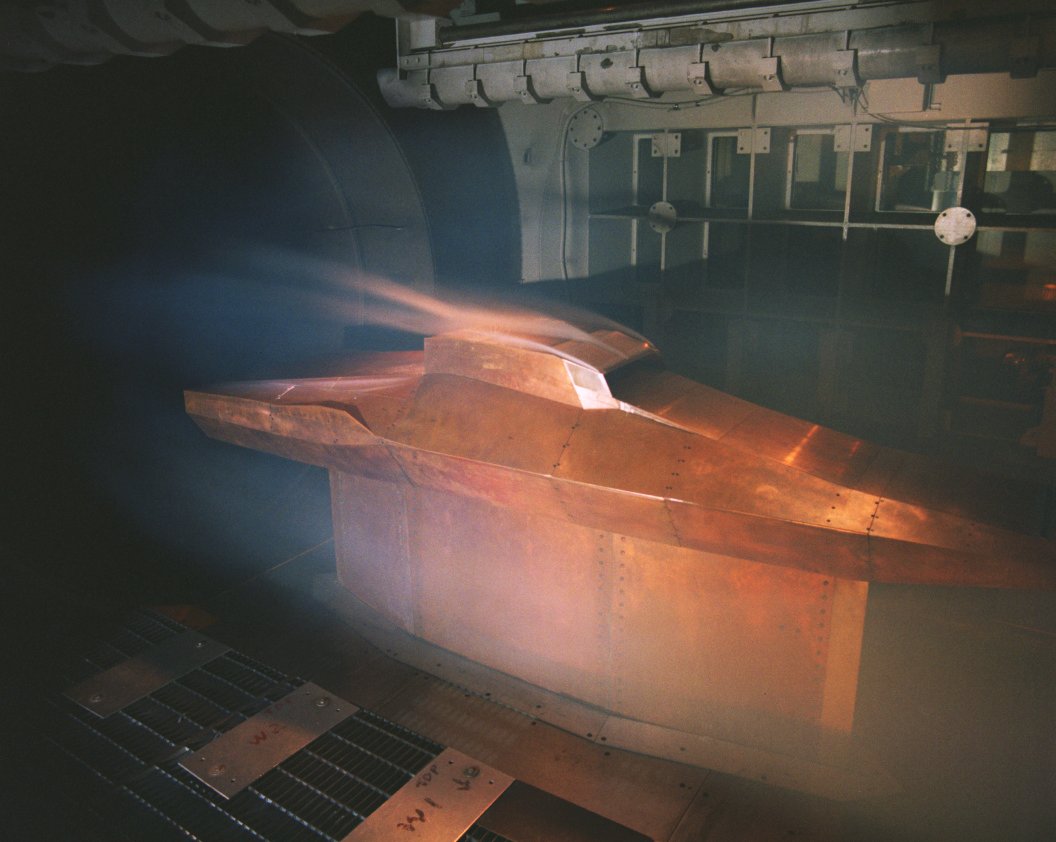For a long time now I've read with great interest any posts I’ve come across which deal with stability, turning authority, and effectiveness of stern planes/bowplanes/sailplanes. This curiosity stretches all the way back to when I first started into my adventure with model subs when I saw a video clip which promoted a particular models’ forward CG as a contributing factor to its excellent stability and turning performance. As a model airplane flyer of many years, and a model rocket enthusiast, the second part of that statement immediately struck me as being incorrect: Stability is achieved by a forward CG, but turning performance should be achieved by moving the CG aft to a point near (but just ahead of) the center of dynamic forces. Airplanes, rockets and submarines: they should all be subject to the same principles, shouldn’t they? In not being able to find many discussions specifically on this topic I wonder how many modelers appreciate the interrelationship of CG, dynamic stability and turning/diving performance.
Admittedly when I built my OSCAR II I took a WAG on where to place the CG. Folks that have seen it run at the Sub Regatta have commented that it turns “respectably well†for a model of its size and limited rudder area, but I remain curious if further improvements in turning/diving performance can be had by additional tweaking of the CG. To answer my curiosity I’d planned on shifting everything aft an inch or three before hitting the pond this spring, but before I start tearing anything out I thought I’d ask: To those of you who have designed your own boats how do you choose where to place the center of gravity? Have you ever investigated gains in controllability afforded by shifting the CG of a boat aft? Is there a formula/process to follow that suggests where the CG of a given design ought to be? (I’ve read a reference to “counting squares†but no one’s fessed up to the details of this method…) If you're willing to tell I'm listening!
Admittedly when I built my OSCAR II I took a WAG on where to place the CG. Folks that have seen it run at the Sub Regatta have commented that it turns “respectably well†for a model of its size and limited rudder area, but I remain curious if further improvements in turning/diving performance can be had by additional tweaking of the CG. To answer my curiosity I’d planned on shifting everything aft an inch or three before hitting the pond this spring, but before I start tearing anything out I thought I’d ask: To those of you who have designed your own boats how do you choose where to place the center of gravity? Have you ever investigated gains in controllability afforded by shifting the CG of a boat aft? Is there a formula/process to follow that suggests where the CG of a given design ought to be? (I’ve read a reference to “counting squares†but no one’s fessed up to the details of this method…) If you're willing to tell I'm listening!

Comment